Don’t try this at home – experts have warned against using bleach to clean mould off wood
This method can end up doing more harm than good
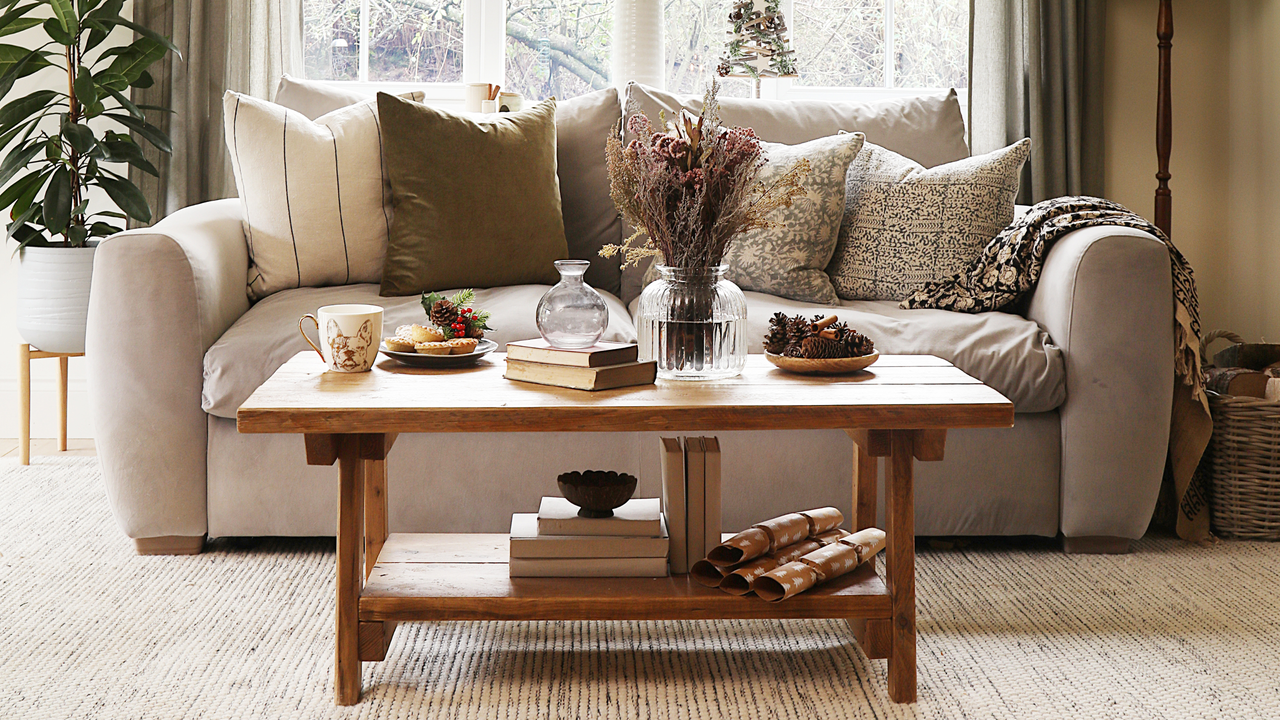

A cleaning hack using bleach to clean mould off wood went viral recently, however experts have warned this may do more harm than good for your home.
It goes without saying we all want to get rid of mould when it crops out, especially for the good of our own homes and our health. But when mould gets into wood, it can be a little harder to remove as it embeds itself in the wood’s fibres.
There are tried and tested ways to remove mould from wood, but this latest cleaning hack consisted of spraying the wood with bleach and letting it soak with a layer of cling film for a few hours before scrubbing the mould away.
However, this method may not be the best solution. We asked the experts why.
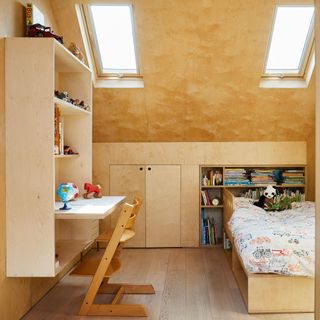
Why you shouldn't clean wood with bleach
‘Removing mould from wood can be a particularly difficult job, as the mould is able to embed itself within the fibres of the wood, which means that surface cleaning alone will not get rid of the problem,’ says Tim Warren, a DIY expert from Adkwik.
'Using clingfilm and bleach may seem to work to kill mould in wood, but it is usually only good at killing the surface mould and removing any discolouration that the mould may have caused.'
‘The chlorine content of bleach often evaporates immediately, leaving behind water that is absorbed by the wood. This water can potentially encourage the mould inside the wood to grow further, especially if it has not been allowed to dry properly.’
Get the Ideal Home Newsletter
Sign up to our newsletter for style and decor inspiration, house makeovers, project advice and more.
What’s more the wood can become damaged if you use bleach on it.
‘The bleach can discolour, dry out, and even damage the wood fibres if you're not careful,' warns Forrest Webber, founder of Bear Brothers Cleaning. 'Instead of getting rid of the mould and ending up with a spotless surface, you could wind up with wood that looks sunburned and then left for dead.'
‘Plus, bleach doesn't get down to the root of the mould in porous wood—so that mould is just biding its time, waiting for the next chance to resurface, like a bad sequel to a horror movie.’
So, what are the best options to use instead?
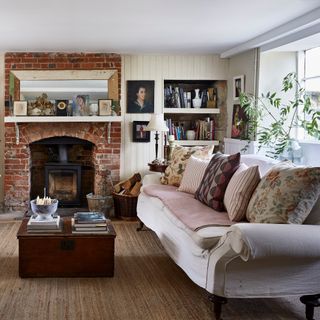
What should I use instead?
What you need:
- White vinegar - you can bulk buy this on Amazon
- Washing up liquid - a supermaket verison like this Tesco own brand is great
- A good bristle brush - try to ensure the bristles are soft like the Fabricoat Soft Bristle Brush from B&Q
‘If you are trying to remove mould from a wooden surface that has been painted or sealed, use a mixture of washing up liquid and water,' advises DIY expert Tim. 'To create the mixture, add one tablespoon of washing up liquid to around a litre of water, and use this with a soft bristled brush to scrub the mouldy surface.'
'Avoid saturating the wood, and use a sponge to remove any excess water if needed. Do not rinse the wood after scrubbing, as adding more water may cause more mould to grow.'
‘For small amounts of mould growth that do not appear to have stained or penetrated wood, spraying the area with white vinegar can kill the mould spores,' continues Tim. 'After application, let the vinegar air dry for at least an hour.
‘If mould stains still remain after you have tried to treat wood, you will need to sand the surface of the wood down to remove spores that have penetrated deeper into the wood. Ensure that you are wearing protective equipment, such as a mask and goggles, when sanding mouldy wood as it can release spores that can make you ill.’
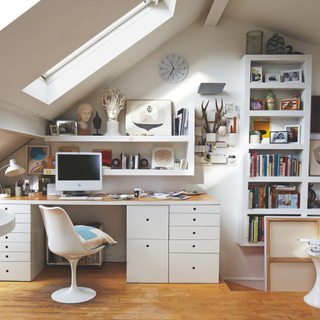
Overall, this is not an effective hack.
‘This hack looks impressive on social media but can lead to regret, tears, and an awkward explanation about why half your bookshelf looks like it's had a chemical peel,' concludes Forrest.
'For a real, long-lasting solution, stick to vinegar or a mould remover that's kind to wood. You'll thank yourself later when you're not shopping for replacement furniture.'
Cleaning mould off wood can be a challenge but this doesn’t mean quick alternatives are always the best solution.

Kezia Reynolds joined the Ideal Home team as News Writer in September 2024. After graduating from City, University of London in 2022 with a bachelor’s degree in journalism, Kezia kicked off her career spending two years working on women’s weekly magazines. She is always on the lookout for the latest home news, finding you the best deals and trends - so you don’t miss a thing!
-
 I asked 4 experts what carpet colour is going out of fashion this year – they all unanimously agreed on one shade
I asked 4 experts what carpet colour is going out of fashion this year – they all unanimously agreed on one shadeThe reign of this popular shade is finally coming to an end
By Rebecca Knight
-
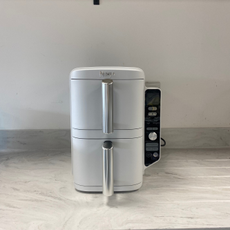 I wish I'd known these 4 things before I bought my Ninja air fryer – here's how to buy the right one for your home
I wish I'd known these 4 things before I bought my Ninja air fryer – here's how to buy the right one for your homeThis is what I'd change if I could do it over again
By Molly Cleary
-
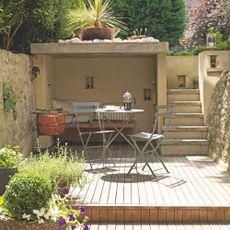 5 easy tricks you can do this weekend to make your outdoor furniture look brand new
5 easy tricks you can do this weekend to make your outdoor furniture look brand newBring life back into your outdoor furniture with these tricks and tips
By Ciéra Cree
-
 It’s normally impossible to find a Dyson vacuum for under £250 — but QVC has slashed the price of their bestselling models for a limited time
It’s normally impossible to find a Dyson vacuum for under £250 — but QVC has slashed the price of their bestselling models for a limited timeRun don’t walk to pick up the brand’s bestselling model for under £230 before it sells out
By Lauren Bradbury
-
 Catherine Zeta-Jones has revealed the cleaning product she swears by to keep her home fresh - and it’s just £8 on Amazon
Catherine Zeta-Jones has revealed the cleaning product she swears by to keep her home fresh - and it’s just £8 on Amazon'I use it on my counters. I use it on my walls. I use it on my doors. When I smell it, I know my house is clean.'
By Kezia Reynolds
-
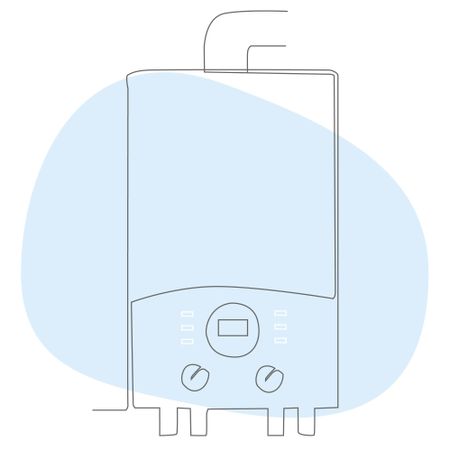 What is boiler flow temperature? Heating experts urge you to check yours now as you could be overpaying on your energy bills
What is boiler flow temperature? Heating experts urge you to check yours now as you could be overpaying on your energy billsTurning this little-known number down just a few degrees can result in some serious savings
By Lauren Bradbury
-
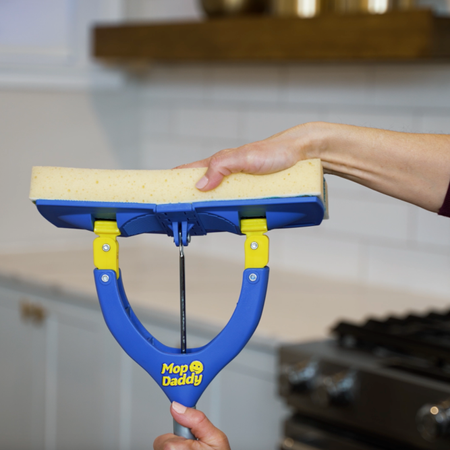 Cult cleaning brand Scrub Daddy has just launched a brand new butterfly mop — could it be the ultimate solution for banishing stubborn marks on your floor?
Cult cleaning brand Scrub Daddy has just launched a brand new butterfly mop — could it be the ultimate solution for banishing stubborn marks on your floor?We're obsessed with all things Scrub Daddy
By Kezia Reynolds
-
 Electric heater vs electric blanket — heating experts weigh in on the effectiveness (and affordability) of these winter warmers
Electric heater vs electric blanket — heating experts weigh in on the effectiveness (and affordability) of these winter warmersConstantly cold at night? Experts weigh in on whether an electric heater or electric blanket will suit you best
By Lauren Bradbury
-
 What is sugar soap? The £5 DIY essential you need for perfectly prepped walls for painting
What is sugar soap? The £5 DIY essential you need for perfectly prepped walls for paintingThis DIY hero is the key to achieving a perfectly painted wall
By Kezia Reynolds
-
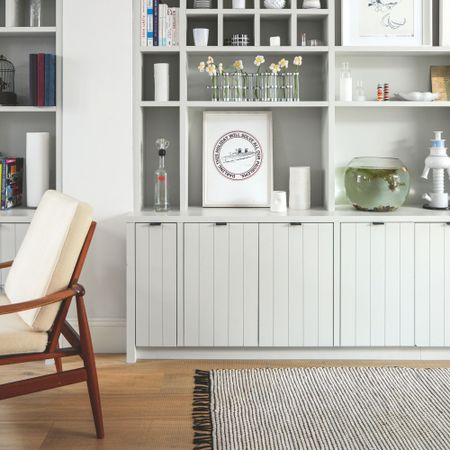 ‘Purge Parties’ are taking social media by storm — and this new trend solves one of the biggest decluttering problems everyone faces
‘Purge Parties’ are taking social media by storm — and this new trend solves one of the biggest decluttering problems everyone facesYou’ll be happy to know that it has nothing to do with *that* horror film
By Lauren Bradbury
-
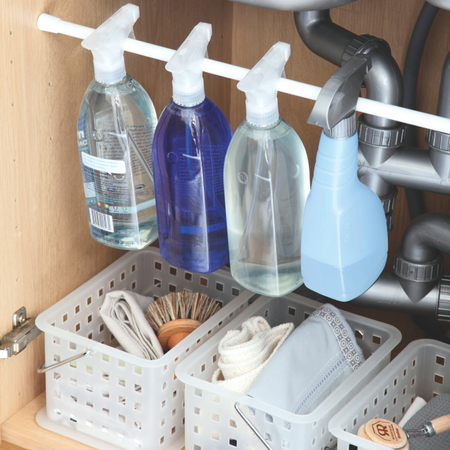 Do your cleaning products need a declutter? Experts weigh in on what you really need to clean your home
Do your cleaning products need a declutter? Experts weigh in on what you really need to clean your homeWe promise you do not need four different surface sprays...
By Kezia Reynolds